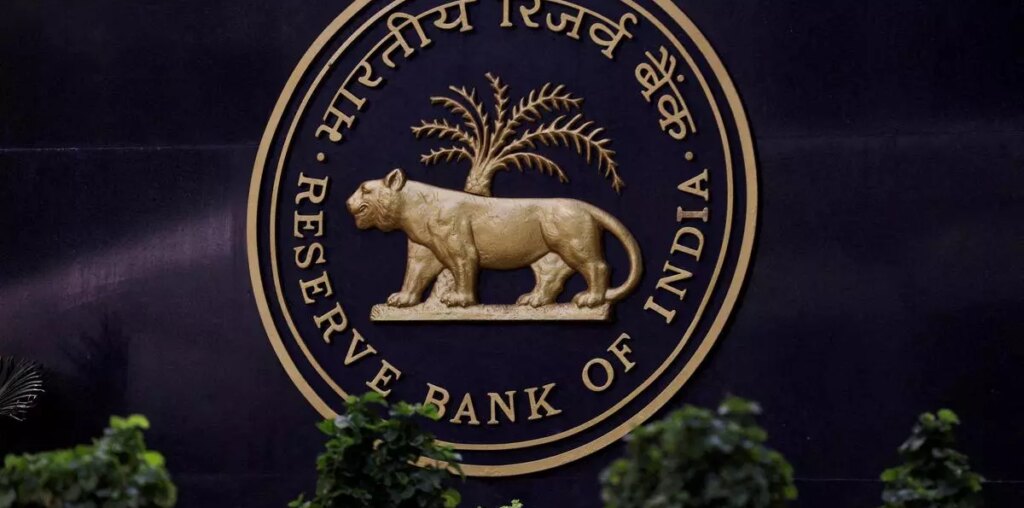The RBI’s interventions in the foreign exchange (FX) market are intended to ensure that the market is liquid and deep, and functioning in an orderly manner, according to central bank officials.
In an article “State of the Economy” in RBI’s latest monthly bulletin, the officials underscored that India’s FX reserves are used to shore up investors’ confidence, ensure that the forex market remains liquid and deep, especially when there are large capital outflows.
Further, the reserves are also meant to mitigate financial stability risks all of which can have real sector implications.
Exchange rate policy
Seeking to address the issue of INR’s exchange rate policy raised in some quarters, the officials observed that since 2020, the world economy, including India, is grappling with a prolonged period of heightened uncertainty unlike previous crises — the global financial crisis (2008) and the taper tantrum (2013) in which India was either a bystander or there was only ‘talk’.
Notwithstanding the overlapping polycrises being experienced since 2020, reserve depletions, net of valuation losses, are actually comparable across all these events, they said.
Furthermore, forex market interventions (FXI) need to be adjusted for the economy’s size to draw a fair conclusion. India’s GDP in US$ terms averaged US$ 1,186 billion during 1994-2018 and US$ 3,248 billion during 2019-2024.
Following the aforementioned principle, the officials found that RBI’s net interventions to GDP averaged 1.6 per cent during February to October 2022, against 1.5 per cent during the earlier crises, which were of much lower magnitude.
As a result, volatility of the INR – as extracted from options prices as well as Generalized autoregressive conditional heteroscedasticity (GARCH) estimates and 30 days rolling standard deviations – has been steadily declining. This has had beneficial effects in terms of anchoring financial stability
The officials said iIt is worth noting that the INR depreciated by 7.8 per cent during 2022-23 and by 1.4 per cent for 2023-24. The INR’s lower order of depreciation in 2023-24 reflected the strengthening of India’s macro-fundamentals.
They emphasised that the inference by some commentators that the exchange rate policy stance has significantly impacted India’s export competitiveness is not substantiated by evidence.
The officials observed that the sensitivity of India’s merchandise exports to real exchange rate changes seems to have come down over the years, reflecting diversification across markets and export items, rising technology intensity and higher value addition in manufacturing exports, increasing participation in global supply chains, and improving productivity and competitiveness.
Thus, the emphasis in India’s export effort is shifting towards expanding market share on the basis of improvements in quality and cutting edge technology without the need for artificial props such as from an undervalued exchange rate.

